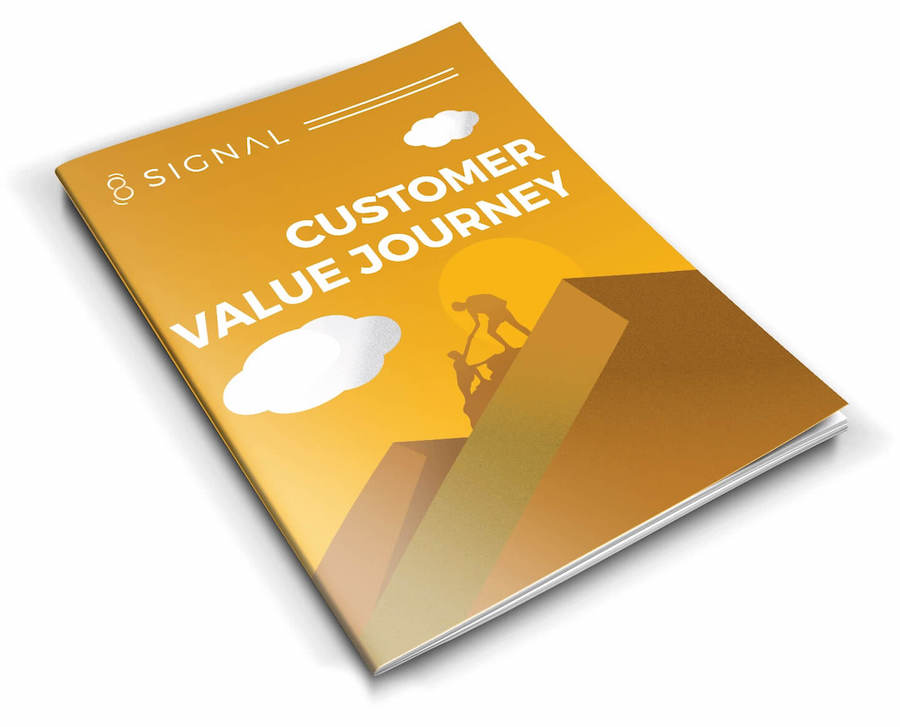
Meet Jake. Jake’s created a strong small business with a surprisingly steady cash flow despite only being in business for less than ten years.
He’s proud of his company’s performance, but he’s always hungry for more growth. Now that it’s time to dig in and develop some epic growth strategies, someone on Jake’s team asks about developing a new marketing plan.
“Oh, we don’t need that,” Jake says. “Our marketing plan is what got us this far! Why would we mess that up?”
Ooooooh Jake.
What Jake doesn’t know is that his marketing plan really didn’t carry his company this far, because he doesn’t actually have one. Sure, he has a pretty strong grasp on what social media outlets connect best with his target audience, and his sales team is killing it by bringing in new leads almost every week.
But because Jake doesn’t have a documented marketing plan in place, he doesn’t actually have a marketing strategy — he only has marketing ideas.
Those aren’t the same! And when the leads eventually dry up and the social media platforms change their algorithm eeeeeever so slightly, Jake’s going to be completely confused when the phone stops ringing.
In order to generate dependable, organic growth, Jake needs a documented marketing plan —— and so do you.
And that, my friend, is where the Customer Value Journey steps in.
What is the Customer Value Journey?
The Customer Value Journey, (or CVJ as the cool kids say), is the roadmap that allows you to plan, assess, and improve the entire experience a potential customer goes through when crossing paths with your company.

It’s the road map that leads total strangers down a path to become raving fans of your company. (Whoops, did that sound stalker-ish? We were shooting for inspirational!) Let’s try that again:
The Customer Value Journey is an 8-step path that people travel as they discover your brand, build a relationship with your company, and become buyers and raving fans.
(That’s better!)
In short, the CVJ is the ultimate marketing plan. #WereNotBiased #OkayWereALittleBiased
What does the CVJ marketing plan look like?
(And yes, you can copy and paste it!)
The CVJ breaks down your customer experience into these eight critical stages of customer engagement:

Why is the CVJ the best marketing plan?
Because we said so! Well, that and a few other reasons. Now, we could talk all day about the advantages of a documented marketing plan, but to save time (and your interest) we’ve narrowed it down to these three key advantages.
Advantage #1: Optimization
You can’t optimize what you haven’t documented. Jake hasn’t realized this unfortunate reality yet, but he will as soon as the marketing ideas he’s unwittingly depending on run out of steam. In the fast-paced, ever-changing world of marketing, marketing ideas — AKA tools, techniques, algorithms, and features — always run out of steam eventually.
You know, because of #Innovation.
Advantage #2: Stability
Using the Customer Value Journey marketing plan, you can generate predictable flow of customers through a sequential, step-by-step process. Does that mean that specific sales numbers are guaranteed? Nah, you know marketing too well to know that nothing is guaranteed! Does it mean that your documented, intentional marketing plan will lead to actual results?
Yes, yes it does. (And if you don’t believe us, just ask Michael Hyatt about the power of documented goals and strategies!)
Advantage #3: Universal Communication
The CVJ allows you to build an intentional path of shared connection between you and your customers. We like to think of it as building a universal language between your brand and target audience. By documenting and optimizing each step of your customer’s journey, you show your target audience that you know what they’re feeling, thinking, and longing for — and you also have the solution.
The CVJ also gives your company the self-awareness to build genuine, meaningful relationships with your customers rather than forcing a connection and ultimately driving them away. The intentionality that accompanies a marketing plan communicates value that your customer will recognize and be drawn to.
How do I create a Customer Value Journey?
Okay, now that we’ve sold you on the amazingness of the CVJ marketing plan, you want to build one for yourself. Here’s how:
Gather that A-Team
If you’ve been tracking with us for our previous blog posts about creating your Buyer Persona and Before/After Transformation Grid, you know exactly what we’re talking about. If you haven’t been reading those posts, or you forgot who your A-team is, here’s a quick refresher.
Your A-team are your brainstorming buddies — the individuals in your company that are on the front lines of customer interaction. Salesmen, marketing members, customer service reps, etc., these individuals provide valuable feedback on who your products and services do and don’t work for. We recommend brainstorming with anyone and everyone who has valuable customer feedback — including your customers!

Brainstorm your customer’s journey
Now that your A-team is assembled, head to the conference room (or Zoom call), pull out a white board, and order some Starbucks. It’s brainstorming time!
Remember that beautiful picture of the 8 stages we showed you at the beginning of this post? Well, here are the overarching questions your A team needs to answer for your company at each step of the Customer Value Journey:
- Aware: How do visitors become aware that your company exists?
- Engage: What are the things that we do to turn awareness into engagement?
- Subscribe: How do we get those who have engaged with us to subscribe so we have the ability to follow up?
- Convert: How can we get these subscribers to make a small commitment/investment of their money or time?
- Excite: How you are making your clients excited about the experience/purchase they had with you in the Convert stage?
- Ascend: Think of the Ascend stage as a ladder. For example, maybe your customer purchased a lowered end item and you are looking to upsell (or ascend) them to a high purchase item. How do we get people who enter at one level to ascend to the next level? What does that ladder look like?
- Promote: How are we making our customers so successful that others around them will ask how they did it?
- Advocate: How do we make our customers successful so that they want to write testimonials and share their experiences without being asked?
Get authentic feedback
Lastly, we highly recommend asking one or two customers (that are already raving fans of your company) to review your CVJ marketing plan. Make sure that the information you’ve collected about current customer interactions is accurate, and ask your clients if the improvements you’ve brainstormed would actually enhance their customer experience.
It’s easy to assume you know the answers, but getting actual feedback from real customers is always a fact-check!
Well, if you’re not overwhelmed at this point, we probably didn’t explain things correctly. Creating a documented marketing plan is a big process, so that’s a completely normal feeling! But you don’t have to journey alone: download our free Customer Value Journey workbook to get started, and don’t hesitate to connect with our team for guidance!





